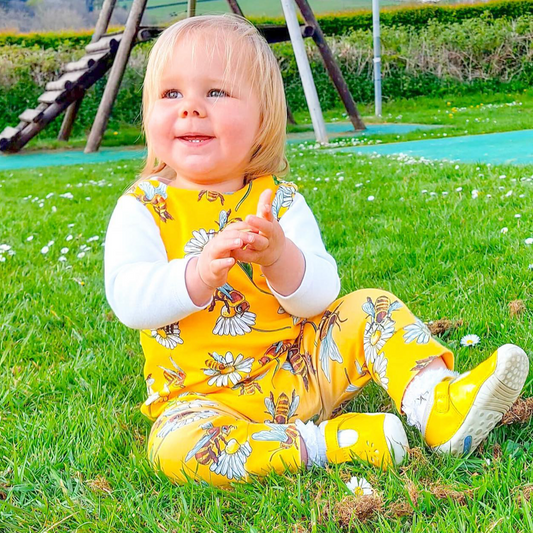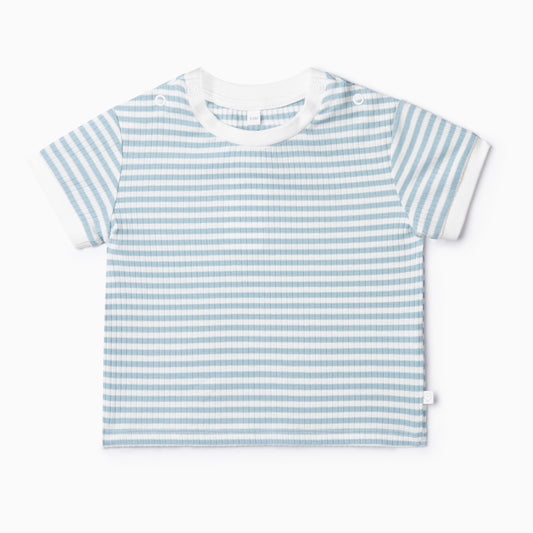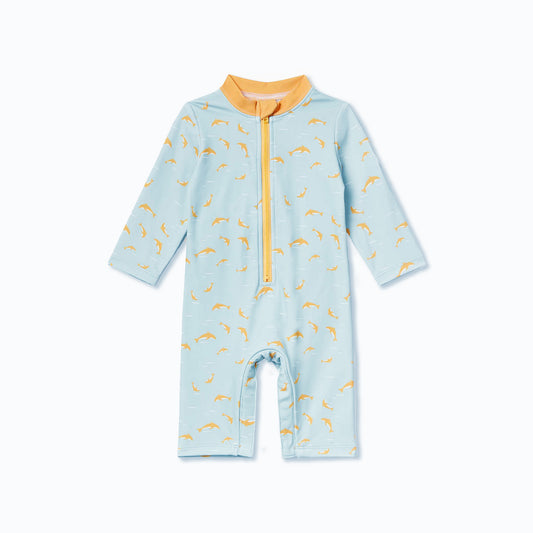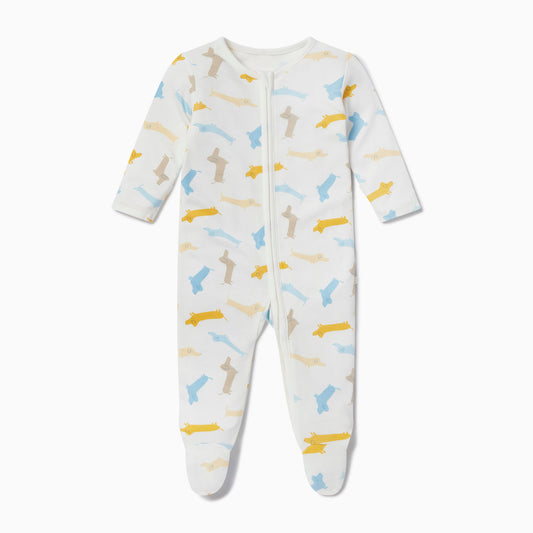Before your baby was born your children’s nursery likely looked tidy. Clothes were carefully washed and they either hung on mini clothes hangers or folded in their drawers. Socks were matched together and there was a sense of order and calm.
That all goes out the window when your baby is born. In the newborn haze things get messy and who has time to fold baby clothes when there is a mountain of laundry? Likely, their little clothes are far from organised.
Keeping their clothes organised will not only make their room feel calmer and look better, but it will also help you save time getting them changed. Especially if you have older children to get ready or you need to be out the door in the morning.
By following a few easy tips, you can gain control again and restore some order.
Sort clothes by size
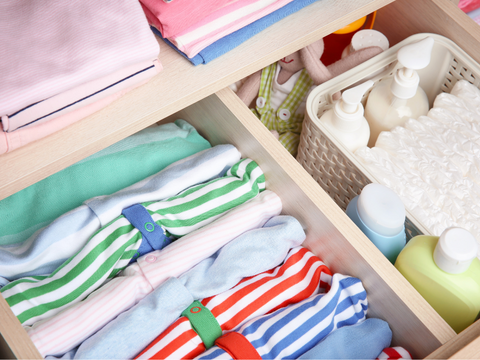
Before you start folding and organising, sort your baby’s clothes by size. Put any clothes that are too small to one side and put away clothes that are too big for later, so you only have the clothes that fit them.
Organise your space
How you set your nursery up before your baby arrived, may be very different to how you use your nursery now they are here. Decide where the most convenient place to have your baby’s clothes will be and move everything you need to dress them in the morning to this area.
Keep outside clothes such as shoes, hats, mittens, and warmer coats close to the door, so you can easily grab them when you are getting ready to leave.
Set clothing zones in your drawers
To make it easier to grab clothes in the morning, set designated areas within your baby's drawers and wardrobes. You can buy clothes organisers and separators to make this easier and it will save you time looking through the drawers for items.
For example, have all their vests folded together, all their socks in one section, and all their leggings or dresses grouped in their drawer or wardrobe. Chunky jumpers and pyjamas can have a separate drawer and put any odd socks into a cloth bag to pair up when their partner surfaces.
To be extra organised you could even coordinate their clothes by size. This way you can rotate the bigger sizes into their drawers so they are ready to grab as your baby grows into them.
If you have clothes that are more than one size too big, store these away for later and label the outside of the storage box or mark the hangers with labels. Or avoid all the faff of sorting different sizes by renting your clothes so you always have the right size to hand.
Fold items so you can see them
When it comes to folding their clothes, fold them so you can see them all when you open the drawer. Folding clothes into a rectangle and then into three will allow you to line up the clothes so they are visible and easy to grab. Or if this is too time-consuming, try rolling them instead which is quicker and still allows you to see what’s available.
Having all your baby’s clothes visible will make getting them dressed quicker and prevent you from digging around looking for things and making everything messy again.
Review your nappy bag
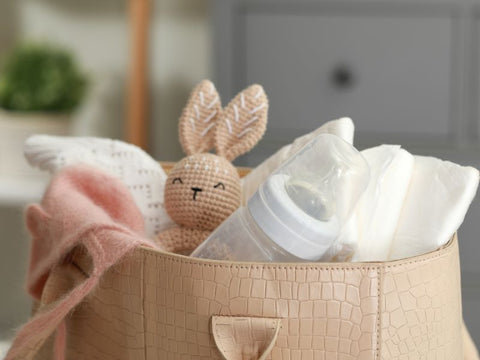
Check through your nappy bag to make sure everything you have packed still fits your baby.
Most likely you will have packed a spare set of clothes for emergencies when you are out and about, however, it can be easy to forget these clothes when they are tucked away in your nappy bag. The last thing you want is to pull out their spare clothes to change them only to find that the poppers won't do up or their little legs are too long for the leggings, tights, or sleepsuit.
When repacking the nappy bag, pack the size they are wearing now and an item from the next size up. Make a note to check that the clothes in the nappy bag still fit them every three months.
Alternative ways to save space and money on kid's clothes
Make yourself a mental note to check your clothes fit every three months and sort through clothes that do not fit. A great way to help save space in your home and reduce the amount of clothes you need to buy and keep on top of is to rent baby or kids’ clothes. Borro offers rentable baby clothes from 0-3 months up to 4 years old and is a great way to save money and protect the environment.

